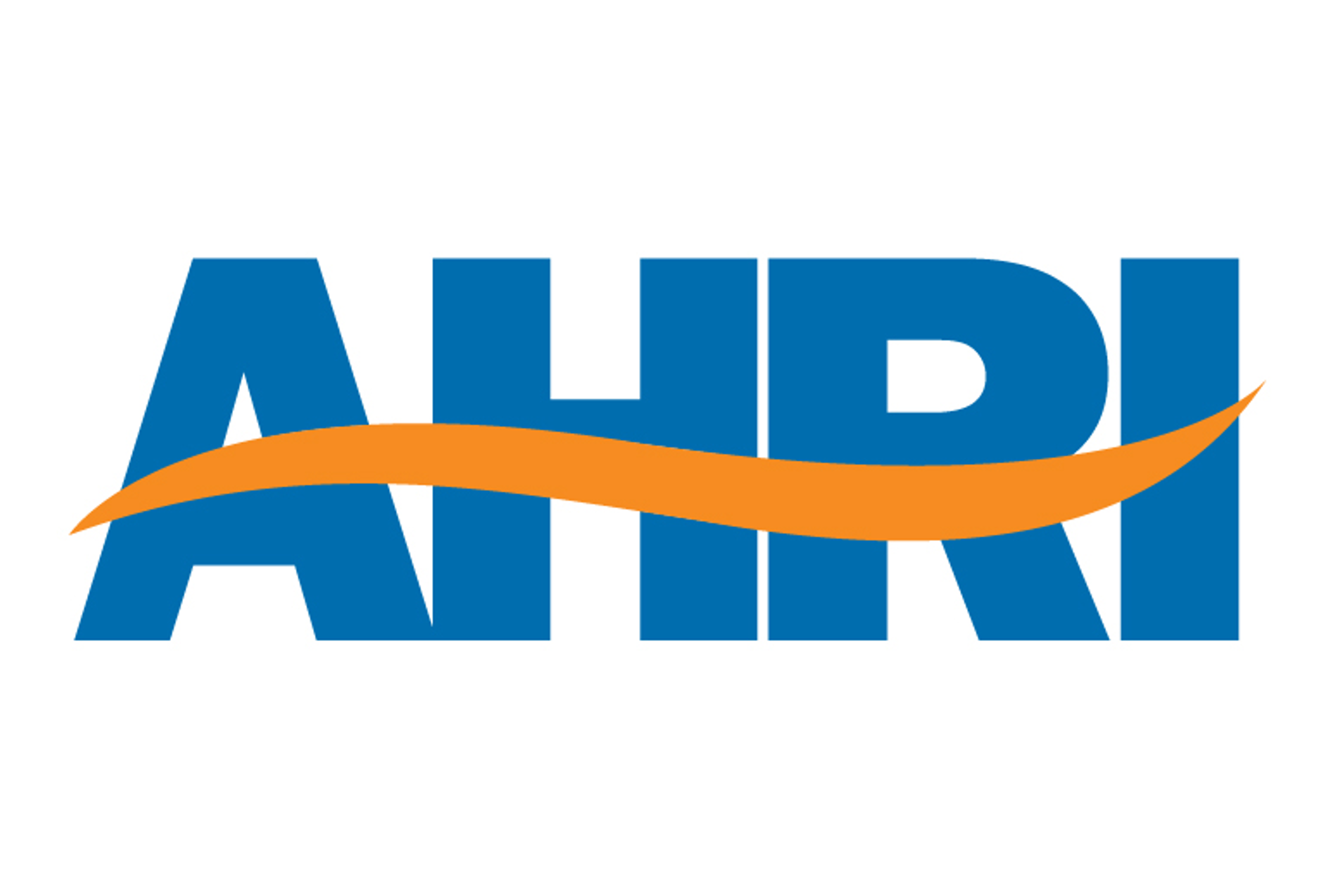Market Data

January 28, 2018
HARDI/ITR Quarterly Forecast January 2018, Part 2
Written by Sandy Williams
The latest HARDI/ITR quarterly forecast expects accelerated residential construction in the U.S. through the first half of the 2018. Construction will slow in the second half as the U.S. enters a “brief and mild macroeconomic recession in 2019.”
Steel Market Update is a member of an association connected to the construction industry called HARDI, the Heating, Air-conditioning & Refrigeration Distributors International. HARDI and ITR Economics, an economic forecasting company, work together to gather economic data to provide a forecast to the HARDI members in the United States and Canada. The information shared in our newsletter is only part of a much larger package seen by participating HARDI member companies.
ITR looks at data using a 3-month and 12-month moving average to determine where business is within the growth cycle. Our last issue covered the general economic overview and construction forecasts for the Northeast, Mid-Atlantic and Southeastern regions. Today, we will cover the Great Lakes, Central, Southwestern and Western regions.
Great Lakes
A majority of states in the Great Lakes region will experience a downturn in building permits in the near term, but will see residential construction resume growth through most of 2018. A mild recession in 2019 will cause permits to fall before growth accelerates again in 2020. Rising home prices in the area should encourage remodeling and new construction in the region. ITR expects construction to be around 95,800 units in 2018. The three-year forecast calls for a gain of 9.2 percent in 2018, followed by -9.7 percent in 2019, and 4.0 percent growth in 2020.
Nonresidential construction spending in the 12 months through November totaled $18.3 billion in the Great Lakes region, a plunge of 22.2 percent from 2016. Since the last report, construction has moved into the recovery phase and will rise into the second half of 2018 before declining in 2019. The nonresidential forecast is: 26.3 percent for 2018, -3.2 percent for 2019, and 13.7 percent for 2020.
Central
The Central region will mimic the rest of the regions with acceleration of housing permits through 2018 before declining for the majority of 2019. In the near-term, permits are expected to dip below year-ago levels due to year-over-year contraction in the multi-family segment. Single-family is the segment to look to for new opportunities in the coming year. Home prices rose across the region except in Illinois, which has a shrinking pool of residents and thus fewer home buyers, consumers and taxpayers. Nonresidential construction in 2018 should pull 2.2 percent ahead of 2017, but the recession in 2019 puts the forecast for that year at -1.4 percent. In 2020, ITR expects growth to resume, accelerating to 7.7 percent.
Nonresidential construction in the 12 months through November was even with the previous year at $30.8 billion. Eight of the nine states are below their respective year-ago levels, said ITR. Construction will be in recession until mid-2018 when nonresidential permit growth begins to rise. Declines in 2019 will bring the permit level back to the current one by the end of 2020. ITR forecast: 2018 at 5.4 percent, 2019 at -2.4 percent and 2020 at -4.6 percent.
Southwest
Residential permits are below year-ago levels in Oklahoma and Louisiana, but rising. Arkansas and Texas permits are rising at an accelerating pace, while New Mexico is in a recessionary trend. Home prices are advancing at record levels in the entire region except New Mexico, which was near its pre-recession peak. Recovery in the oil industry should help support the regional economy and support home prices and construction in the Southwest. Nonresidential construction will dip 1.4 percent in the recession year 2019, but advance 8.5 percent in 2018 and 8.2 percent in 2020.
Nonresidential construction spending last year was down 13.3 percent as of the end of November. ITR expects construction to rise in the second half of 2018 through 2019 and decline through most of 2020. Texas, as the biggest contributor in the region, is responsible for most of the region’s current decline. The ITR nonresidential construction forecast calls for construction to gain 14.6 percent in 2018, 7.3 percent in 2019 and 1.5 percent in 2020.
West
The single-family segment is outperforming the multi-family segment in the West at 12.6 percent and 6.9 percent, respectively. While single-family continues to accelerate, the pace for multi-family is slowing. Home prices increased across the region and are either at or nearing pre-recession levels. Look for 2018 and 2020 to be years of expansion for housing, with growth of 5.6 percent and 9.9 percent, respectively. The recession year of 2019 will see growth at -1.6 percent.
Nonresidential construction in the 12 months through November was 12.9 percent below its previous-year level. ITR suggests the region reached a cyclical low in October, but construction will generally rise through 2020, increasing 14.1 percent, 5.0 percent, and 9.8 percent in 2018, 2019 and 2020, respectively. Construction is expected to decline in the first half of 2019, but the year as a whole will be positive.







